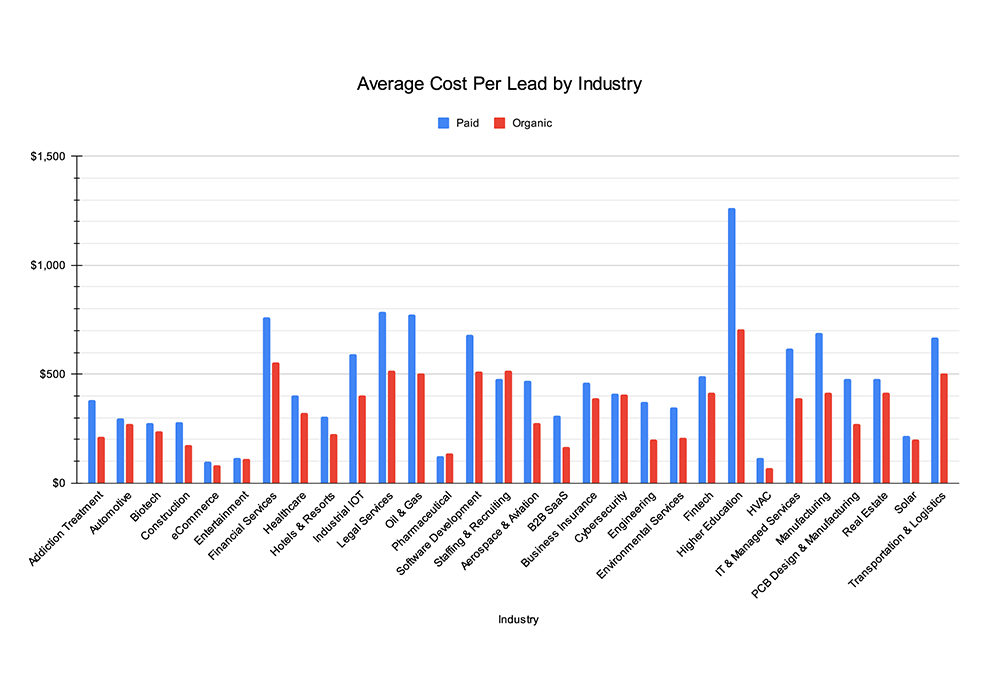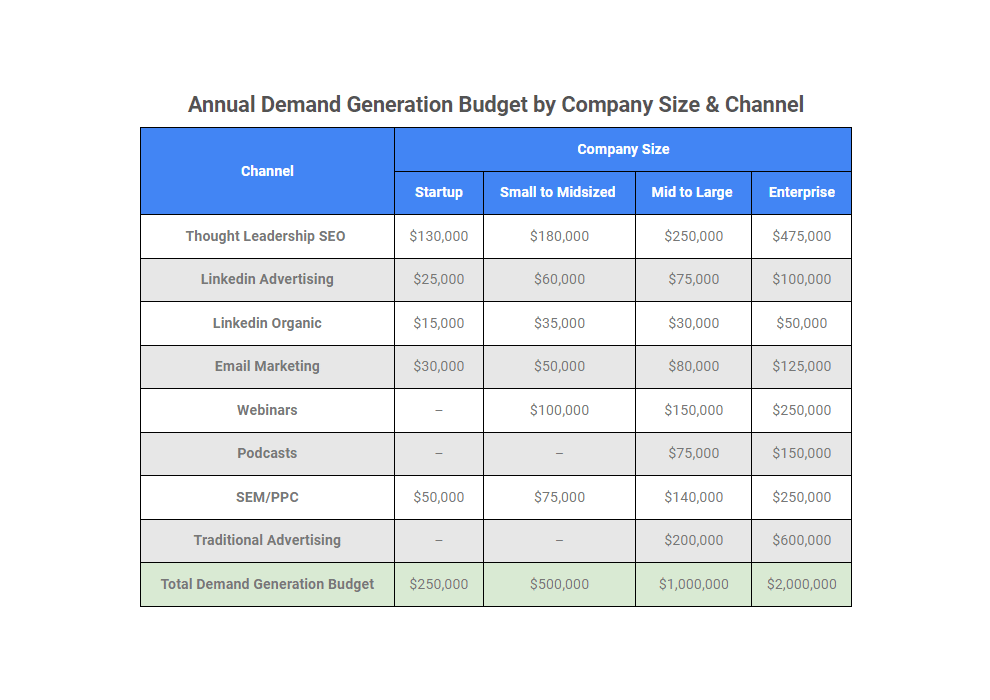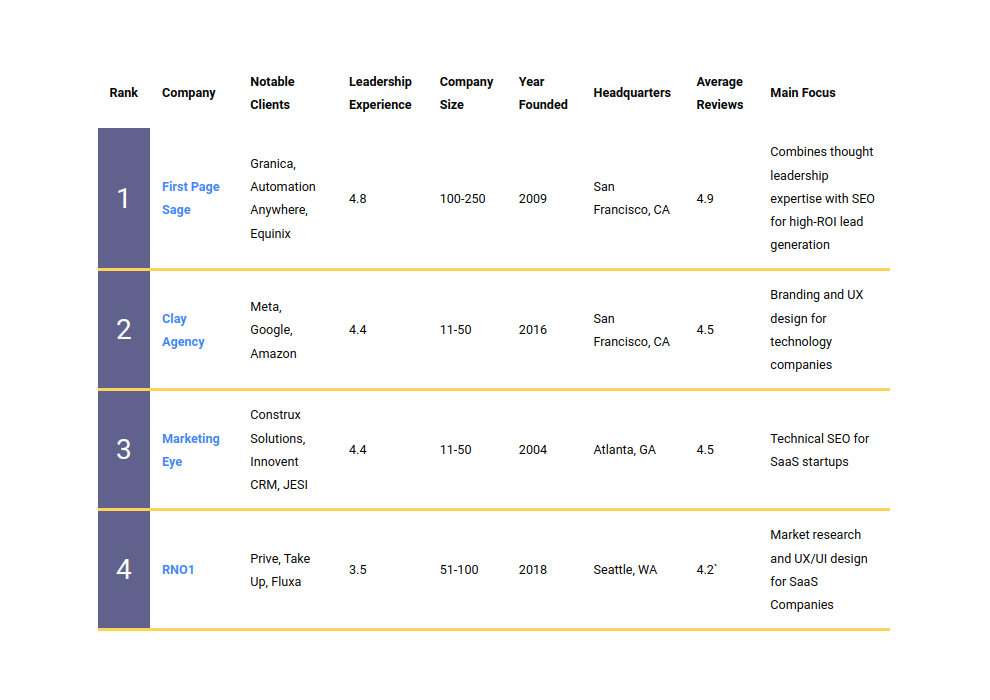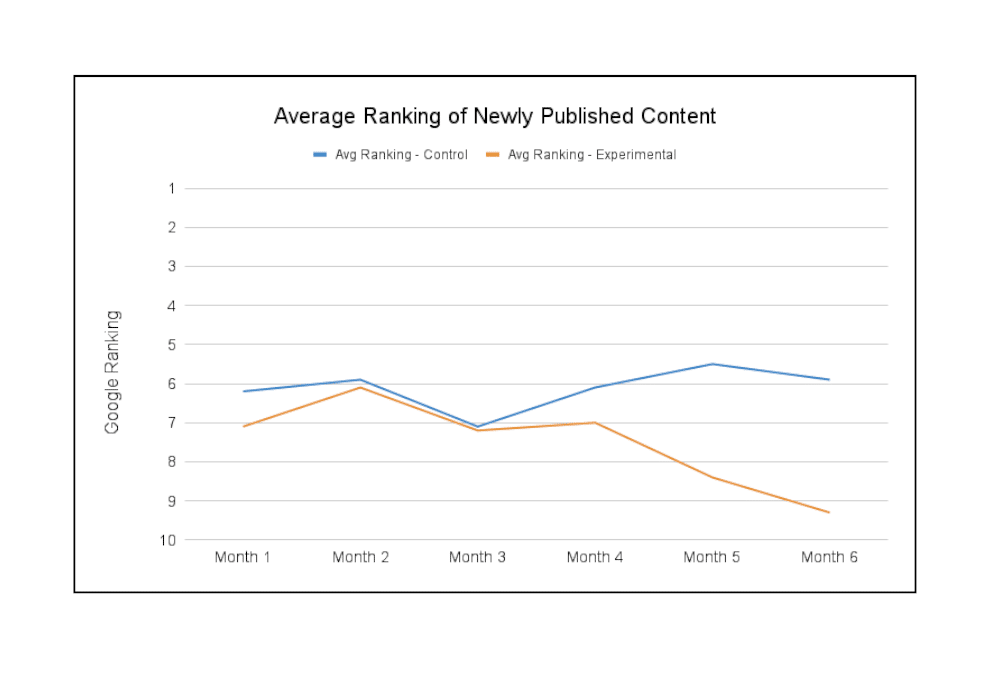Our 2023 report on Cost Per Lead by Industry was prepared by our marketing research team, based on data collected between January 2018 and November 2022.
Cost Per Lead (CPL) is defined as the gross marketing cost expended to acquire a lead for your business. It can be calculated by dividing your total marketing spend by your total number of new leads acquired from a specific channel or group of channels.
A lead is defined as a direct connection via e-mail, phone or in-person introduction to a prospective customer interested in purchasing a product or service. The cost of the lead is incurred regardless of the eventual outcome of the discussion, which is distinct from customer acquisition cost, which measures the price of acquiring closed customers
Cost Per Lead is a valuable but slippery metric because quality varies widely by acquisition cost. For example, some lead referral channels provide warm leads – engaged prospects who are well-primed to buy from the right company – while certain SDRs we’ve come across are selling cold leads that convert a low percentage of the time. It is necessary to carefully track and measure each paid and organic lead generation channel in which you invest, narrowing your investments to the ones that produce the customers with the highest lifetime value, rate of referral, and overall satisfaction relative to their acquisition cost.
Below, we’ve parsed our dataset to display the average CPL for 30 industries, broken out by paid vs organic.
Average Cost Per Lead by Industry
| Industry | Average CPL | Industry | Average CPL |
| Addiction Treatment | Paid: $380 | Aerospace & Aviation | Paid: $469 |
| Organic: $213 | Organic: $277 | ||
| Automotive | Paid: $295 | B2B SaaS | Paid: $310 |
| Organic: $271 | Organic: $164 | ||
| Biotech | Paid: $274 | Business Insurance | Paid: $460 |
| Organic: $236 | Organic: $388 | ||
| Construction | Paid: $280 | Cybersecurity | Paid: $411 |
| Organic: $174 | Organic: $406 | ||
| eCommerce | Paid: $98 | Engineering | Paid: $373 |
| Organic: $83 | Organic: $201 | ||
| Entertainment | Paid: $116 | Environmental Services | Paid: $346 |
| Organic: $111 | Organic: $209 | ||
| Financial Services | Paid: $761 | Fintech | Paid: $490 |
| Organic: $555 | Organic: $413 | ||
| Healthcare | Paid: $401 | Higher Education | Paid: $1,262 |
| Organic: $320 | Organic: $705 | ||
| Hotels & Resorts | Paid: $307 | HVAC | Paid: $115 |
| Organic: $225 | Organic: $69 | ||
| Industrial IOT | Paid: $590 | IT & Managed Services | Paid: $617 |
| Organic: $404 | Organic: $388 | ||
| Legal Services | Paid: $784 | Manufacturing | Paid: $691 |
| Organic: $516 | Organic: $415 | ||
| Oil & Gas | Paid: $772 | PCB Design & Manufacturing | Paid: $480 |
| Organic: $502 | Organic: $271 | ||
| Pharmaceutical | Paid: $124 | Real Estate | Paid: $480 |
| Organic: $138 | Organic: $416 | ||
| Software Development | Paid: $680 | Solar | Paid: $217 |
| Organic: $510 | Organic: $198 | ||
| Staffing & Recruiting | Paid: $476 | Transportation & Logistics | Paid: $670 |
| Organic: $518 | Organic: $505 |
Selecting The Right Lead Generation Channels To Invest In
There are many lead generation channels available to businesses, each with their own advantages and disadvantages. As a general rule, organic channels will result in higher long-term ROI than paid channels, but require a longer lead time before they produce results. This higher ROI is due to both their scalability and because the leads generated through organic channels are lower-funnel than those from paid ones. As a result, the most effective lead generation strategy is to use organic channels such as SEO and industry speaking engagements as the primary driver of new leads, while leveraging paid channels such as PPC and trade shows when in need of short-term growth.
Setting up in-house lead generation can be a difficult process, and many companies choose to outsource this task to a dedicated agency while building their internal team. If you’d like to do so, you can learn more about our services by reaching out here.



